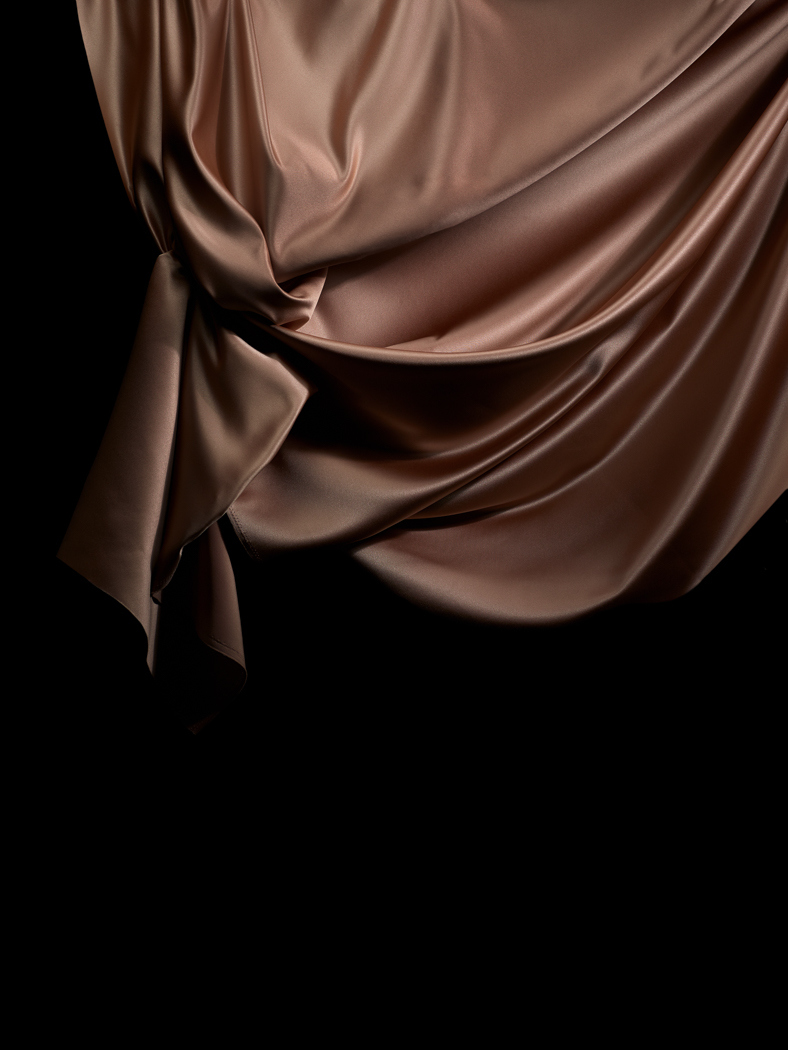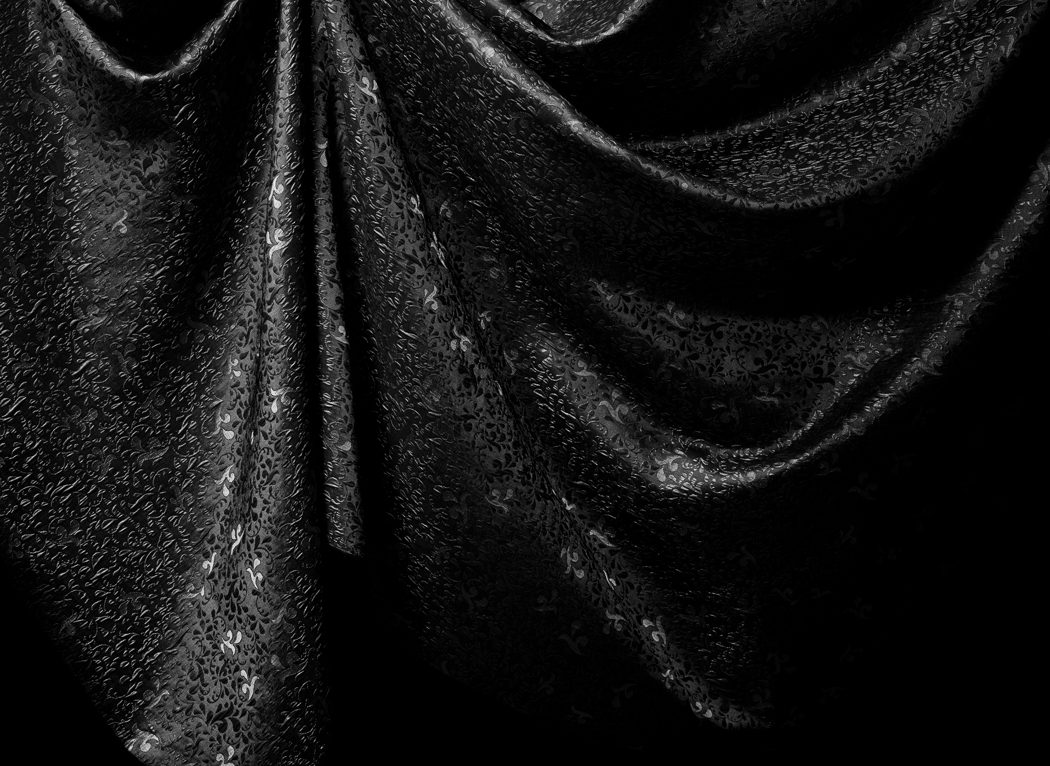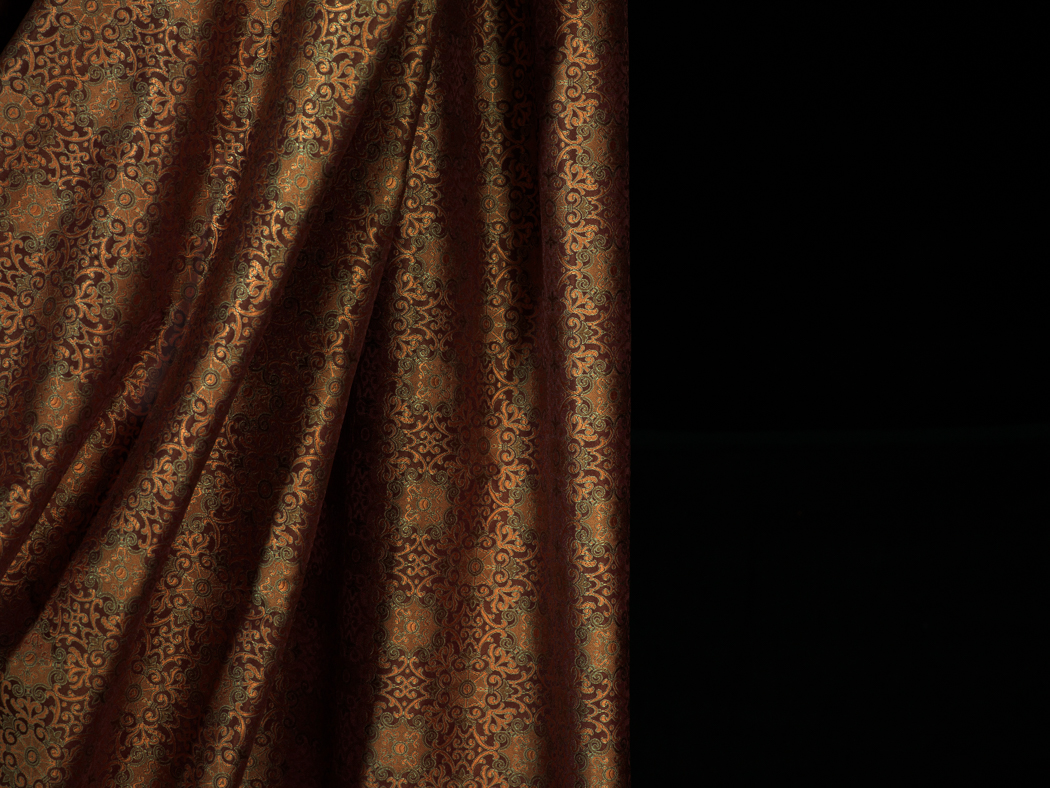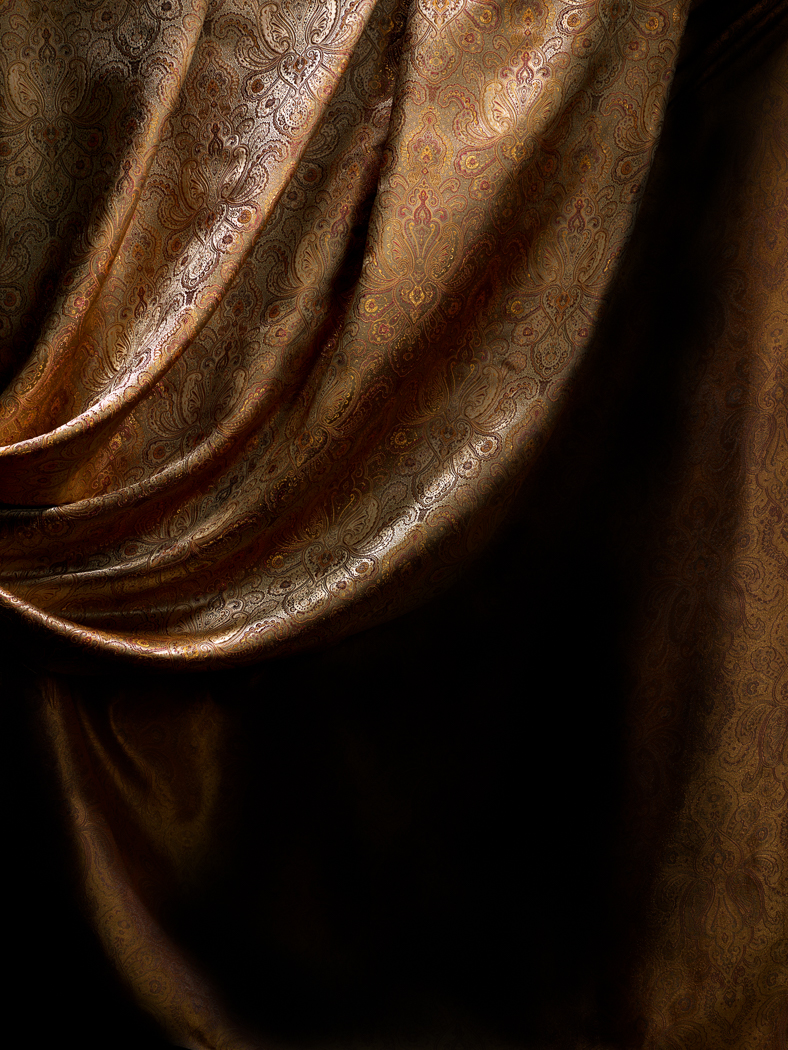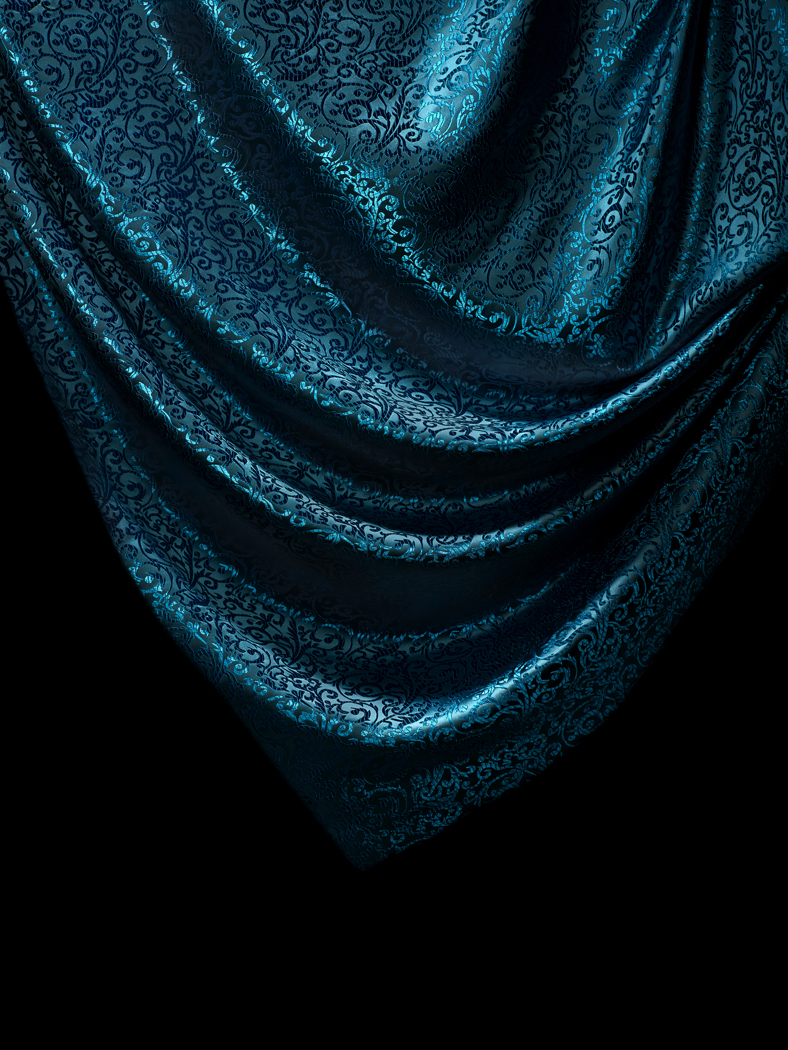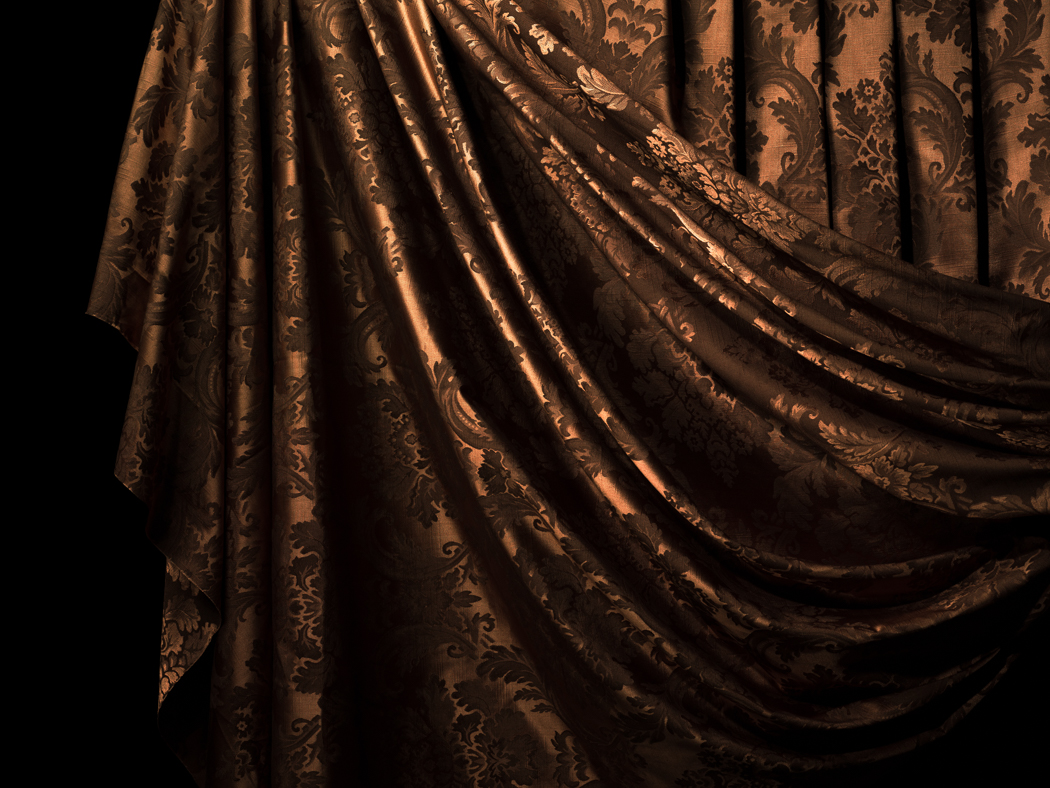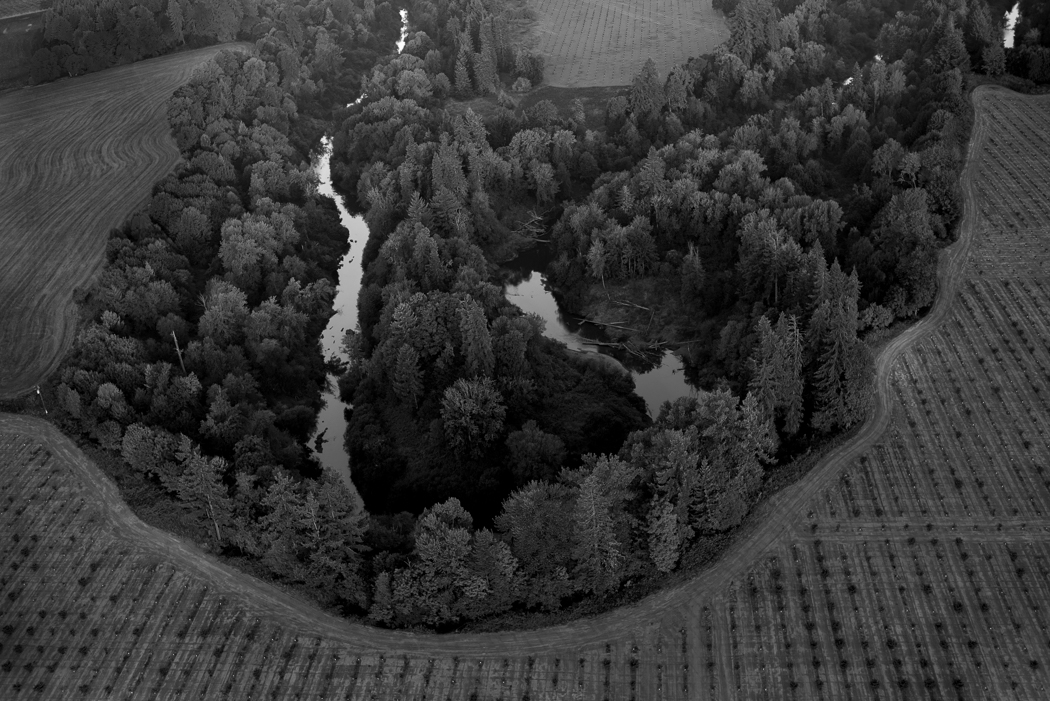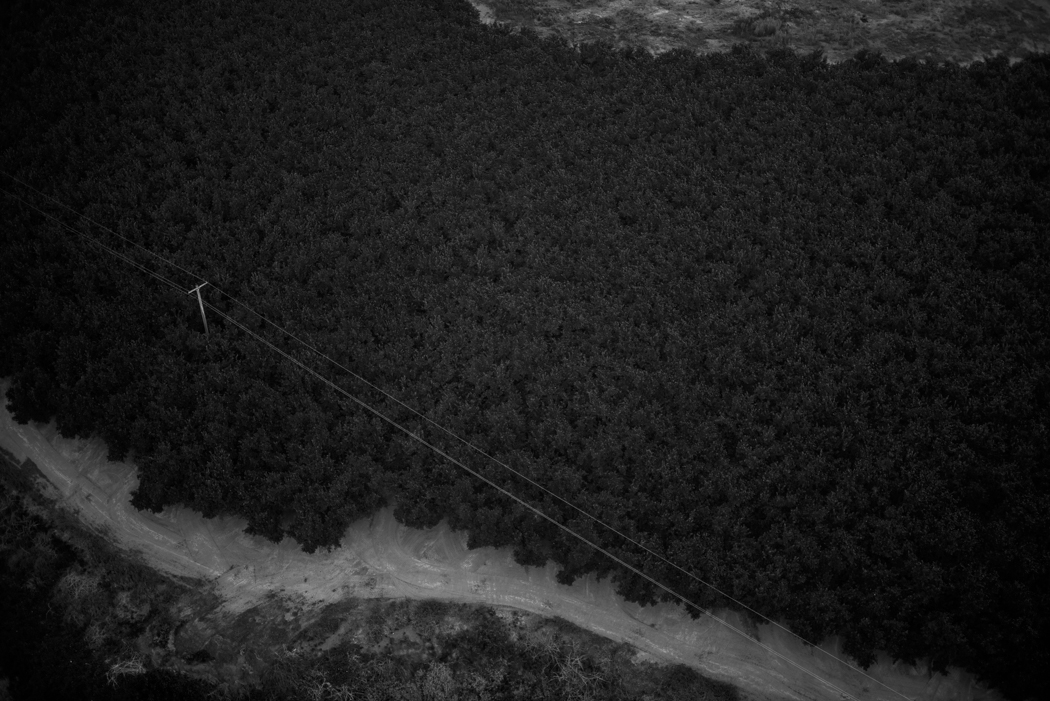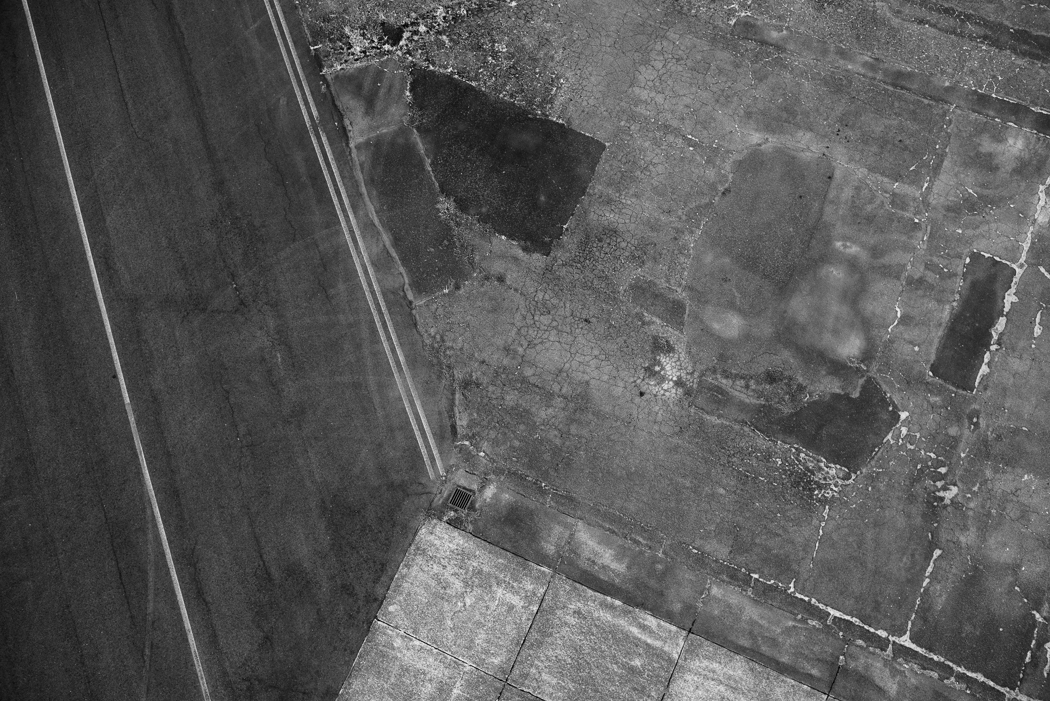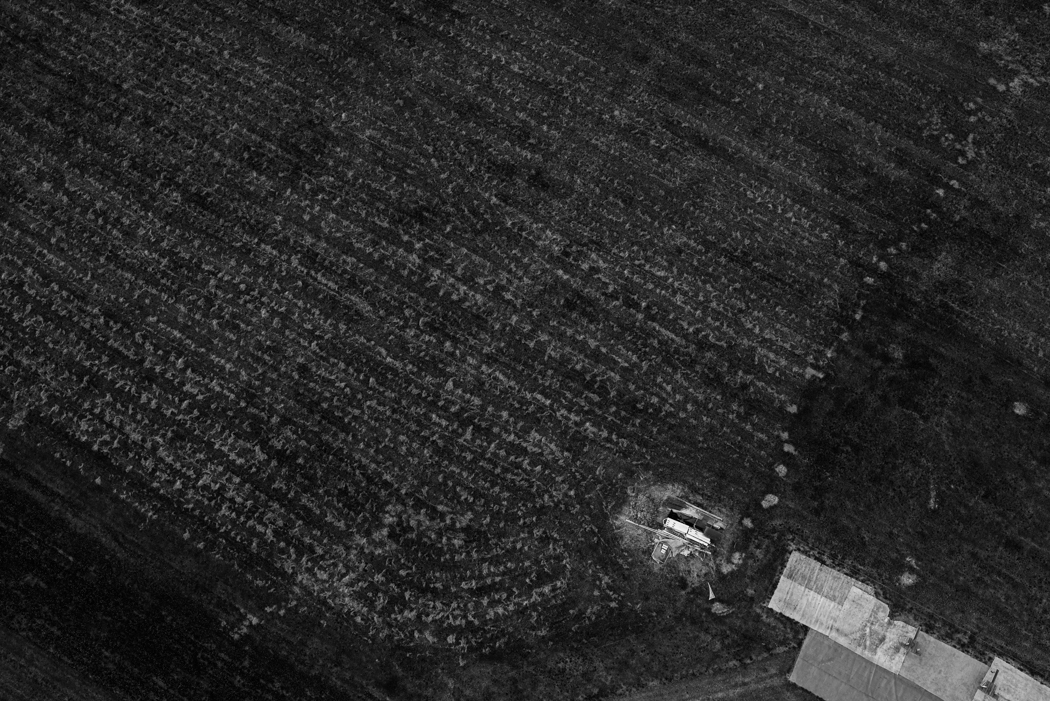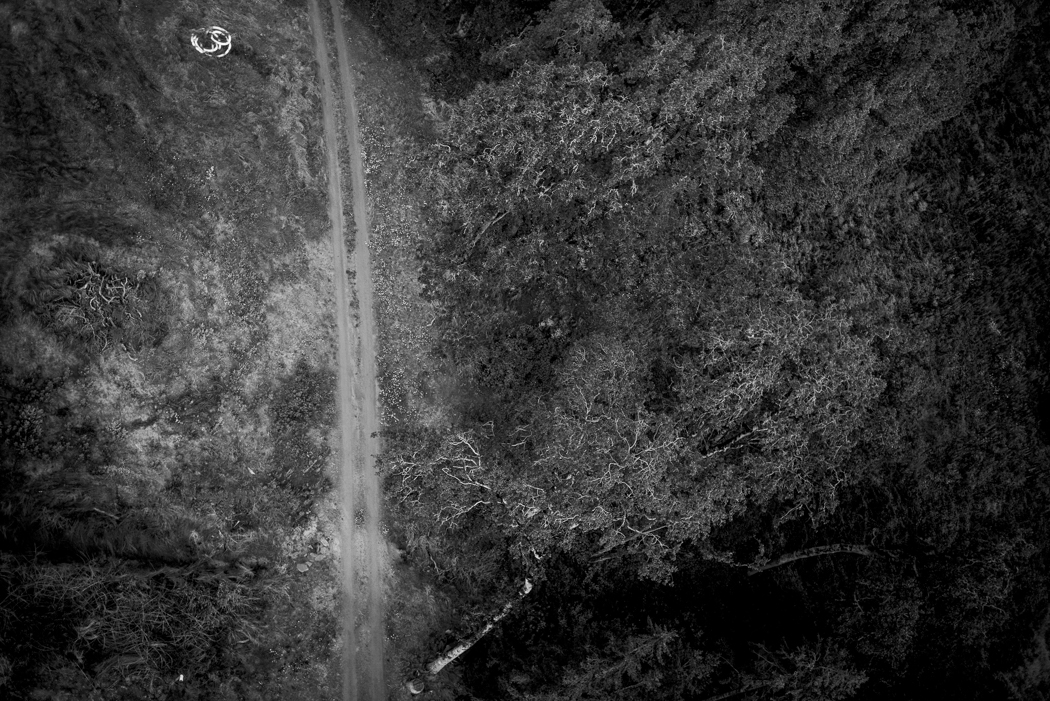POLICING GENDER
Policing Gender uses visual absence as a tool to address the invisibility of incarcerated LGBTQ individuals from popular consciousness.
Divided into three parts, it includes photographs of studio backdrops setup without people, aerial photographs taken from a hot air balloon and recordings of verbal interviews with LGBTQ prisoners overlaid with ambient sounds from within the prisons noise. These images and audio recordings challenge viewers to consider their privilege of looking and objectifying individuals on society’s margins.
The series began as a correspondence between Lorenzo and over thirty LGBTQ individuals incarcerated in Pacific Northwest prisons. Their (Lorenzo’s) initial aim was to correspond and connect with their experiences which he saw as overlooked in a popular narrative. Lorenzo initially gained access to photograph within the prisons and considered making portraits. Over time, they gained permission to photograph them and nearly began a series of portraits. However, concerned these might make their penpals vulnerable to outside perceptions, or associate their sexual identity with criminality, Lorenzo setup lush studio backdrops and photographed them without a sitter.
The draped fabrics recall sets in Renaissance portraiture that – in the past – might invite viewers to look at those painted with a sense of ownership, or – as Susan Sontag once wrote – “participate in another person’s mortality, vulnerability, mutability.” By removing the person, these un-portraits not only remove the photographer’s power to “capture” and the viewer’s power to look – they encourage us to think more deeply about systems of incarceration and the public invisibility of incarcerated LGBTQ prisoners, while bringing larger public visibility.
The corresponding black and white aerial images use absence to similar effect. They show landscapes in the vicinity of pacific northwest prisons, but omit actual prison structures, instead focusing on the surrounding topology. In stark, often grainy hues, they adopt an aura of surveillance. While we might try to look at them with the same leering, voyeuristic gaze we might look at a prison or prisoner, we instead see abstract shapes, swatches of foliage, and occasional powerlines. These photographs challenge our desire to look, to claim, to have some kind of visual ownership over experience that is not ours to hold.
In exhibition form, excerpts from audio recordings of LGBTQ prisoners recounting their experiences and traumas play in the background. While Lorenzo's photographs prevent our ability to watch these individuals, we can hear their struggles in a way that feels more real than any photographic representation.
By photographing backdrops without sitters and prison aerials just outside a viewer's reach, Lorenzo’s process symbolically redistributes power from those who look to those who are seen.
1 minute audio sample from a 15 minute piece, Installation view at Museum of Contemporary Photography, Chicago, IL
